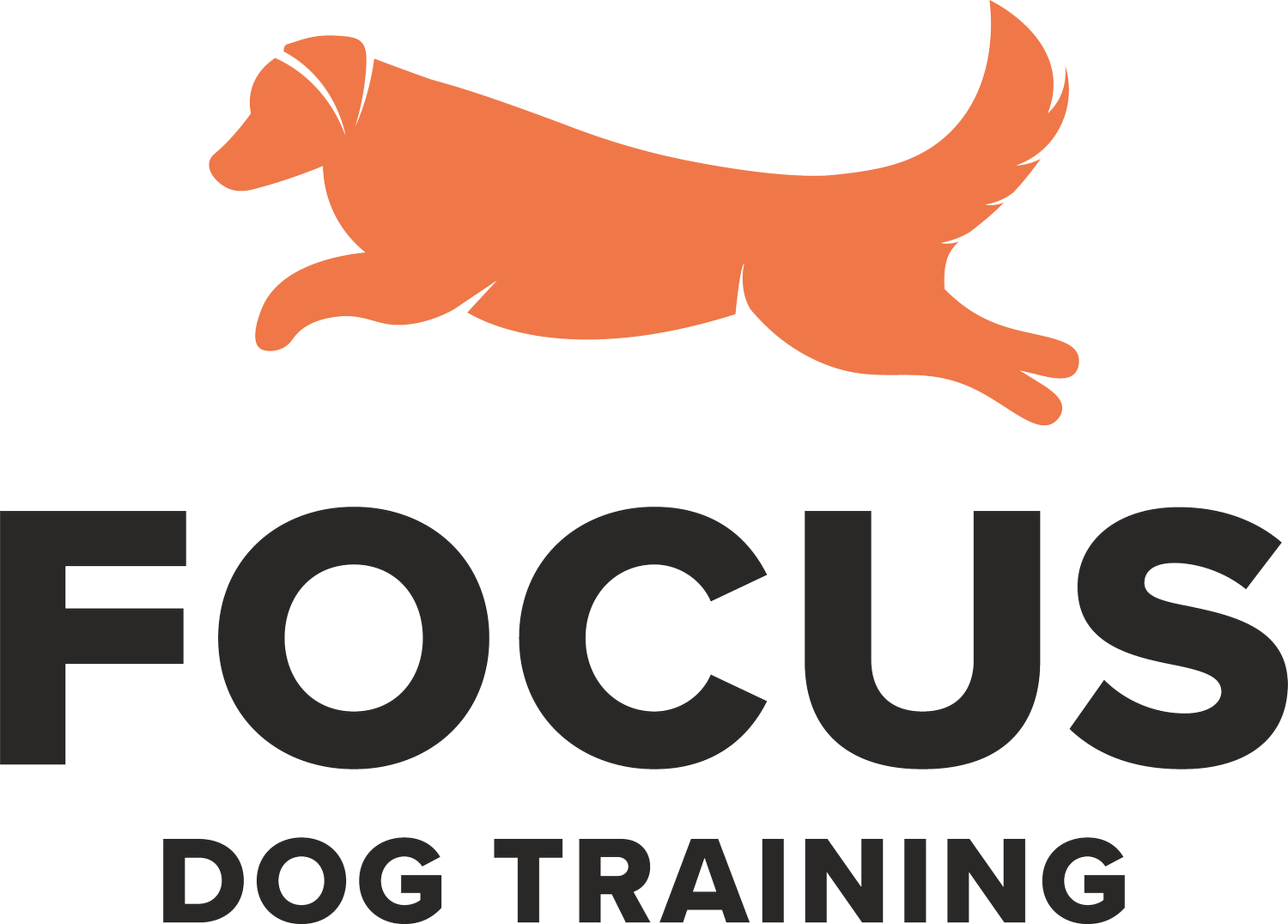Overexercising - The Mistake No One Thinks They’re Making
Before I became a pet dog trainer, I would never have guessed how often I would end up telling people they can exercise their dog less.
As a trainer, I specialize in hyperactivity and high drive dogs in pet homes, and it is not uncommon for my clients to drastically reduce the amount of time they spend exercising their dog. Usually the first part of our training journey together is spent getting the dog’s needs met more effectively and eliminating activities that increase stress and hyperactivity.
We’ve all heard the adage “a tired dog is a happy dog”, but it is simply untrue. A fulfilled dog is a happy dog, and physical exercise is only one part of fulfillment. Research is showing us that decreasing exercise in dogs experiencing hyperactivity and reactivity can improve their welfare. Increased stress hormones in the body can make undesirable behaviours more likely to occur.
The secret of exercise is that quality is vastly more important than quantity. Fewer walks that are of higher quality will serve your dog better than daily walks that make them feel worse over time.
Common types of exercise in pet dogs are either ineffective at meeting their needs (traditional leash walks) or increase stress and hyperactivity (dog parks, fetch, daycare*). Without mental exercise and decompression, dogs can easily adjust to more and more exercise, resulting in athletes who can’t settle.
So let’s look at how we can use our time and resources to get the best results!
Dogs need mental and physical exercise. If we want to target specific fitness goals, like weight loss, muscle building or cardio health, we can do that with exercise and training plans. For example, I build cardio into my dog’s weeks by practicing their recall!
The gold standard of exercise is on a long line or off leash (with a well trained recall) in nature, away from human and dog distractions. This is not always possible for everyone, but when it is we should avail ourselves of it. A leash that is 15-20 feet can turn even a small local park into a much more rewarding experience for our dogs.
If your dog is struggling with their behaviour, and you regularly visit daycare or the dog park, play fetch regularly or primarily take leash walks, changing up your routine can help set you up for success with training!
